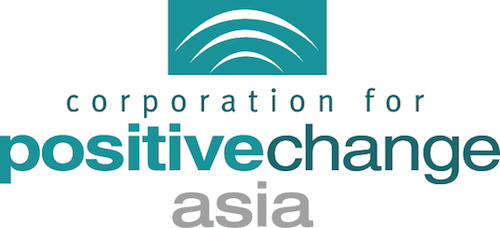
I recently met a client who heads the learning function for a major corporation. After a year-end strategic meeting with the top management, he talked to me – terrified. The order from the top was simple: change the culture from product-centric to customer-centric. Start by “promoting” the customer-centric concept throughout the company in a month.
This learning function was being expected to do magic: to transform a culture of over ten thousand people – and to do it fast. The team had considered dozens of ways to put the message across – from videos to training workshops – but they were still at a loss. How could it be done in less than a month and have a real and lasting impact?
My feedback was simple. Why not let the people do the work? Why not let the people define and make the change themselves?
principles suggest that communication and language are at the center of human organizing and change. People create their reality through communication. When people talk about success stories, hopes and dreams in Appreciative Interviews, positive change happens instantly.
Clearly, conversations are only the first step. We can do much more by mining the stories we hear for best practices and future possibilities. We can bring people together to envision and enact desired changes. We can facilitate people to determine necessary structures and actions ahead to deliver concrete results. But start talking is surely more than sufficient to kick off a culture change and create positive impact in a short period of time.
The good news is – we no longer need to preach and teach, or to convince people or push them to move forward. People are intelligent. They want to perform and get their work done– but are not always clear about the best way to do so. Give them a chance to share what they’ve seen work, and empower them to initiate and make the change they want. Getting people to talk about change does create change. That’s how magic will happen.
Written by Dorothy Tsui, Principal & Founder of Hong Kong Center for Positive Change
This blog was first posted on Corporation for Positive Change website.
